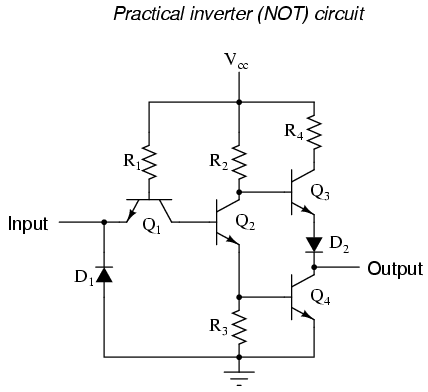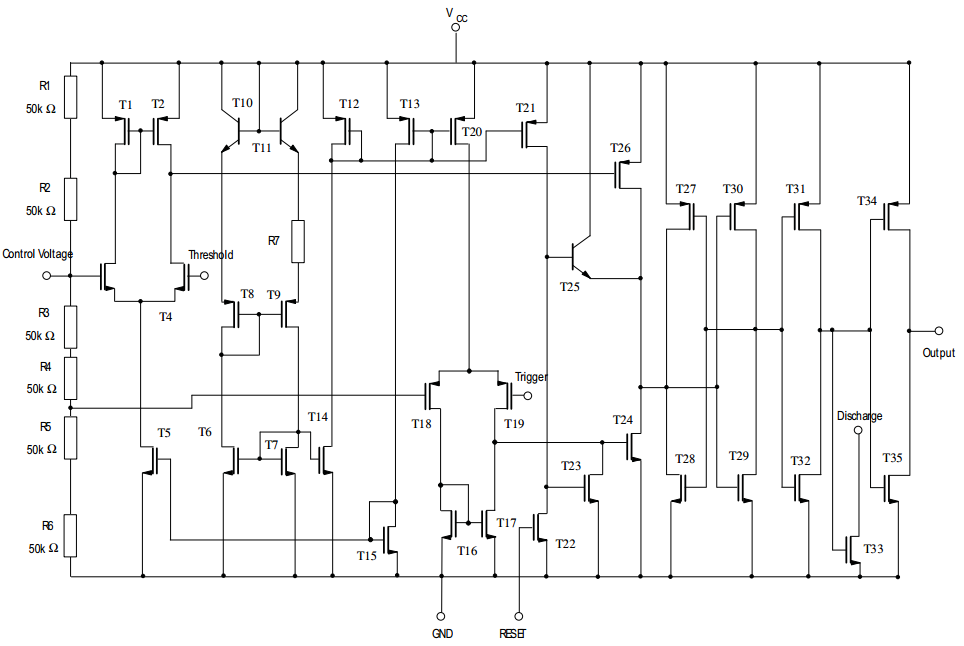it is long enough to be an issue?
No, as evidenced by the huge prevalance of 555 chips. I presume the switching happens so fast that there's just practically no shoot through. It's worth noting that even your basic TTL not gate (with proper push-pull output) has the same """issue"""; the section you drew the rectangle around is a NOT gate after all. Also, the transistors involved are not massive power transistors; they're often rated for a short to ground for brief (by human standards) periods. Obviously having both transistors on at the same time is only half as bad as a short to ground, and it's for a period of time that is millions of times shorter. It's just not an issue. You may wish to try powering your 555 via a current sense resistor, and see the current pulses.

You may also wish to consider purchasing 555 CMOS chips, they are just faster, lower power, higher input impedance and better in every way.

Still "theoretically" capable of shoot-through, not that the current involved would be a problem, but I'm curious to see what you'd propose as a perfectly, theoretically totally shoot-through-immune push-pull output stage.
EDIT: Fixed broken image link.